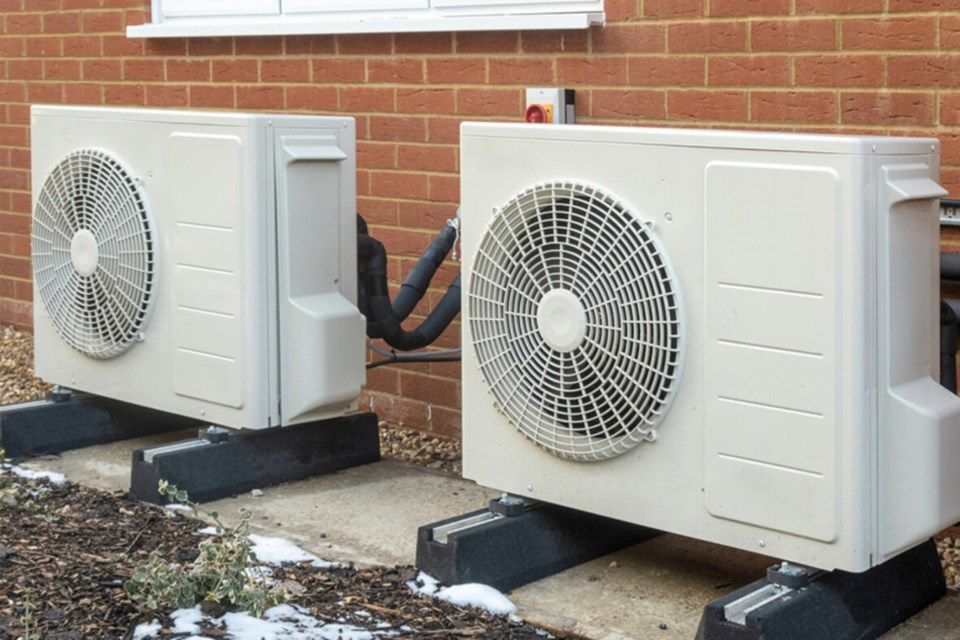With the oncoming winter (eventually), the idea of something called a “heat pump” is more than a little appealing, especially when the worst of the freezing temperatures lay ahead.
But what are they, and will they actually work in the kind of cold that Northern Ontario deals with on the regular?
The Independent Electricity System Operator (IESO) recently announced that Save on Energy, through its Energy Affordability Program, is offering eligible Ontarians who live in electrically heated homes access to free cold climate air source heat pumps to help lower their energy costs. The IESO is the Crown corporation responsible for operating the electricity market and directing the operation of the bulk electrical system in the province of Ontario.
Tam Wagner, director of demand side management of IESO told Sudbury.com air-source heat pumps do work in Northern Ontario and have been tested to temperatures as low as -30.
The heat pump itself is an addition to the home’s current heating infrastructure, said Wagner, and this free program is targeted specifically to those who currently heat their homes with electricity, like electric baseboard heaters.
The heat pump runs on electricity and uses the thermal energy (or heat) that is already in the environment to heat or cool your home. In cold weather, it extracts heat from the outside air and moves it inside. In hot weather, it pulls the heat from inside your home and pushes to the air outside.
It’s similar to a heat pump in a fridge, which keeps food cool by extracting the warm air from inside the fridge to keep the temperature cool.
Since a heat pump transfers thermal energy (versus a furnace or an electrical baseboard, which converts other sources of energy to thermal energy), it offers a higher energy efficiency, potentially saving on energy costs and your carbon footprint.
“Switching from an electric furnace, or baseboard to a cold climate air-source heat pump can save a household up to 50 per cent on their electricity bills,” said Wagner, noting variables like drafts in the home.
Residents of Ontario, including those in grid-connected First Nations, who are responsible for their monthly electricity bill as a homeowner or renter may be eligible for this upgrade.
Qualifying households may also be eligible for other free energy efficiency upgrades offered through the Energy Affordability Program, including professionally installed replacement appliances, such as refrigerators, freezers, window air conditioners, and lighting; weatherstripping around doors and windows; attic and basement insulation; and smart thermostats and power strips
The program is available through the end of 2024 and the heat pumps come with a two-year free maintenance warranty and a 10-year equipment and labour warranty.
For more information or to see if you qualify, click here.
